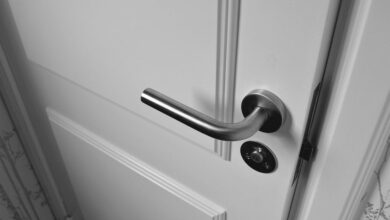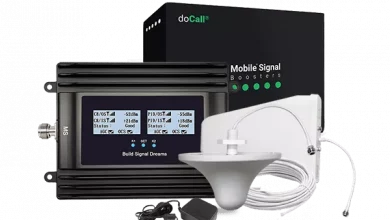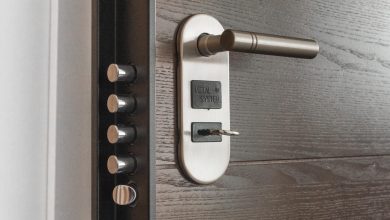Five of the Latest Trends in Smart Home and Smart Office Security
KEY TAKEAWAYS
Smart homes and offices have become increasingly popular in recent years. With the rise of connected devices and integrated platforms, it’s becoming easier for individuals to automate aspects of their living or working space and manage them from a single interface. Not to mention that AI-based virtual assistants can now take on mundane tasks such as scheduling appointments or controlling room temperature and lightning.
Smart home and office security systems can also provide an additional layer of protection, thus increasing the safety of both residents and workers. These technologies can leverage devices like security cameras, smart locks, and motion sensors and allow users to monitor their property from any location. All they need is an internet connection. Smart security systems can also send real-time notifications and alerts if unauthorized persons or activities are detected on the premises.
Data on home burglaries show that nearly nine out of ten occur in residential properties, with a 300% higher risk of theft when a security system is not in place. Let’s dig into some of the most recent trends in smart home and office security to understand better how these systems can create a safer environment for residents and workers.
#1 Video Analytics
Video analytics solutions that are leveraged with cloud based camera systems provide a powerful tool for boosting security in the home and workplace. By leveraging advanced algorithms and computer vision, this technology can detect motion, identify threats, and alert users to any potential intruders or suspicious activity. Video analytics can also differentiate human activity from other movements, such as pets or tree branches, ensuring accurate and effective security. Furthermore, users can adopt this technology in combination with facial recognition systems, which allows authorized personnel to access specific areas while denying entry to others.

#2 Face and Voice Recognition Systems
Face and voice recognition systems are quickly becoming valuable assets for home and office security. These systems can quickly recognize authorized personnel and grant access to secure areas thanks to biometric authentication. Face recognition systems can use cameras to accurately identify individuals from a database of faces, while voice recognition systems use speech recognition technology, natural language understanding, and machine learning algorithms to confirm identities with a high degree of reliability.
These systems provide an extra layer of security against intruders and drastically reduce manual duties such as manually changing passwords or re-entering PINs. Furthermore, they are much more difficult to forge than physical keys or ID cards.
#3 Smart Locks
By leveraging digital technology, users can easily access their properties remotely with a code or smartphone app, creating much more secure environments than traditional locks and keys.
Smart lock systems typically work in combination with sensors that are installed around the home or office and detect any suspicious activity like attempted forced entries, with most configurations making use of additional cloud and cybersecurity protections. Once these activities are detected, the system will immediately lock itself down and send notifications to alert the user. Depending on the system, users may also have access to live feeds of their environment to investigate further, if necessary.
Not only do these systems help protect against physical break-ins, but they can also help defend against cyber intrusions by limiting access to sensitive data stored within smart homes or offices.
#4 Smart Alarms
Smart alarms employ advanced algorithms to accurately detect intruders and potential threats while also filtering out false positive warnings caused by pets or other innocuous activity. Alarm systems can also be programmed to notify authorities to secure the premises, when necessary. Furthermore, they are connected to local networks, allowing users to access live feeds from their phones or computers to monitor their environment even when away from home.
#5 Remote Monitoring
Remote monitoring is becoming increasingly popular for home and office security. By leveraging wireless technology, users can monitor their environment from virtually anywhere in the world. This allows them to keep tabs on their property even when away from home or office, providing a much higher level of security than traditional surveillance systems.
The remote monitoring system consists of a network of connected sensors that detect any suspicious activity, such as movement or noises, and quickly send out alerts to the user’s phone.
#6 Environmental Monitoring
By leveraging a range of sensors, environmental monitoring allows users to detect changes in air temperature, humidity, and other factors.
For example, a heat sensor could enable people to quickly identify hot spots or unusual activity within their home or office. Similarly, air quality monitors can alert users to airborne pollutants that pose health risks.
In addition to providing greater security for homes and offices, environmental supervision also has the potential to help save energy usage by detecting trends in climate control over time and making adjustments accordingly. Furthermore, it can help people better understand how their environment affects other aspects of their lives, such as sleep patterns or work productivity.
Overall, environmental monitoring represents a great way of proactively managing security while increasing situational awareness of our environment.





